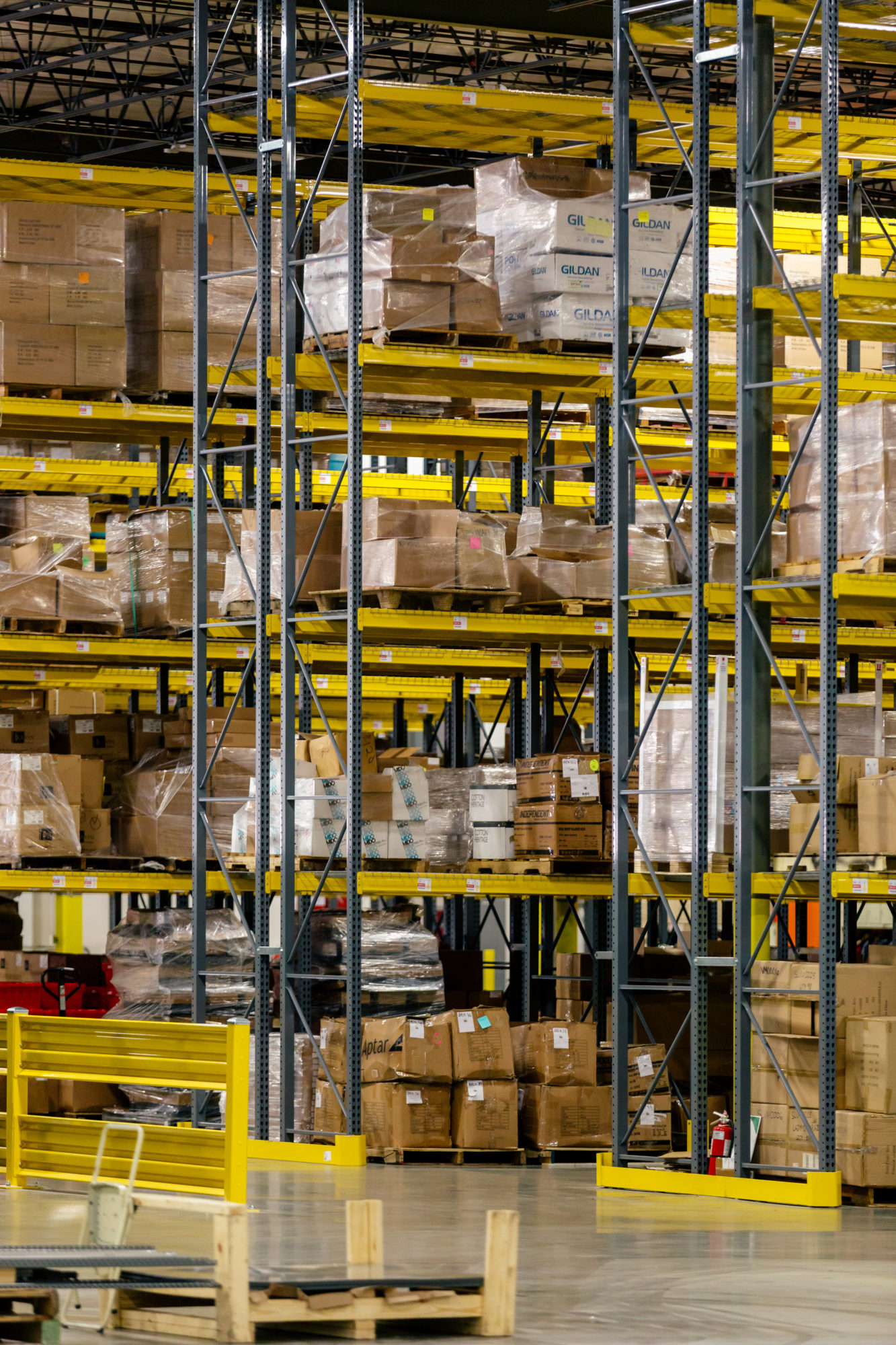
Online sales have exploded over the past few years, and brick-and-mortar stores have been closing at an unprecedented pace. Those two facts have led to retailers hiring construction companies to reconfigure active storefronts and transform unoccupied properties into fulfillment centers.
According to a study by cloudwards.net, worldwide online sales were 4.1 trillion dollars in 2021 and are on track to reach 5.5 trillion in 2022. The study also determined that 76% of adults now shop online at least some of the time. Between 2019 and 2020, online sales in the United States increased by 20%.
Customers Won’t Wait
According to a recent Forbes article, most online buyers have no desire to wait a week for delivery. Forbes quotes a McKinsey report on store trends stating that, “more than 90% of consumers see a two-to-three-day delivery time as a baseline, with 30% saying they expect same-day delivery.”
The huge increase in online buying and customer reluctance to wait for delivery has increased the demand for regional or even local fulfillment facilities. Consumers buying from individual stores, ecommerce companies, and other online businesses, want their purchases delivered fast.
Regional Warehouses and Shipping from Stores
To answer the demand for fast service, businesses have been trying to store goods in warehouses closer to their final destinations. To ensure delivery within a couple of days, retailers and online companies are establishing fulfillment centers in every region of the country.
Shipping from one coast to the other by ground takes too long, as does shipping from the Midwest to California or Florida. Depending on how fast companies can get something out the door, even delivering to a home two states away may not cut it.
Partly due to the pandemic, major store chains sell more online today than in the past. They were typically shipping from central warehouses but are now fulfilling some online orders from active stores so merchandise can be delivered to customers within a few days.
For example, Macy’s has closed many stores over the last few years, but they fulfill about a quarter of online orders from many of its remaining 500 stores rather than from their main warehouses. The buildings need more storage space and a store shipping department to facilitate store fulfillment.
According to the same Forbes article, DSW fulfilled almost 60% of their online orders in 2021 from their stores. The company’s sales increased by 43% in 2021 over 2020, substantially because of online sales. Therefore, they plan to reduce their retail space to increase warehousing and fulfillment space. Even some Walmart locations have split buildings in half, with the front half serving as retail space and the back as a micro fulfillment center.
In-Store and Curbside Pick-up
To help customers feel safe, many retailers also now offer in-store or curbside merchandise pick-up, which means they need their stores remodeled. In addition, the store’s internal spaces are being reconfigured to allow for inventory organization and added or expanded shipping dock facilities and pick-up space.
Other companies that have hired construction companies to reconfigure their store spaces include Best Buy and Target. Both stores needed designated areas for merchandise storage, ship-from-store stations, and an area to prepare packages for in-store or drive-in pick-up.
Large national e-commerce entities are looking for regional warehouses to shorten delivery times. With rental warehouse space availability at an all-time low and rental rates at an all-time high, retailers are transforming empty or under-performing retail storefronts and shopping centers into fulfillment centers.
For example, Simon Property Group has been negotiating with online retailers about using some of their empty anchor stores as fulfillment centers. Closed anchor stores like J.C. Penney’s and Sears stand empty, but they can become fulfillment warehouses by bringing in construction companies to redesign and convert the space.
Opportunities for Builders
The increase in online buying and the fact that customers won’t wait a week for delivery has given construction companies some opportunities. For example, builders are redesigning retail spaces to create storage and fulfillment areas. They may divide some stores into traditional walk-in retail and micro- fulfillment centers or just section off part of the entire space for warehousing.
Other changes include more durable flooring and different types of lighting. While brick and mortar stores may have had carpeted floors, warehousing demands something more practical. A space that may have had more subtle shopping mood lighting may now need brighter light and even add skylights to keep utility costs down.
One major change for large centers concerns shipping docks, parking lots, and access to major highways. For example, whereas a box store may have a single dock and limited truck maneuvering space, the building that serves as a major shipping center needs more. They might need multiple docks, more open parking lot spaces, and easy access to main roads so that larger trucks can come and go more easily.
Even smaller retail storefronts may need more industrial shelving for merchandise storage and an arrangement of pick-up boxes near the store entrance. In addition, they may need to expand shipping docks and construct order assembly spaces.
Whether it’s a small retailer wanting to offer online ordering with store pickup, or a shopping mall becoming a fulfillment warehouse, builders are redesigning retail properties. From some simple warehouse shelving to new loading docks, buildings are changing to help businesses deliver goods to customers within a few days. In the past, customers might have expected to wait a week or more for a catalog purchase, but today, they want their purchases within a few days.
Want to know more about how MDC can help? Drop us a line!

